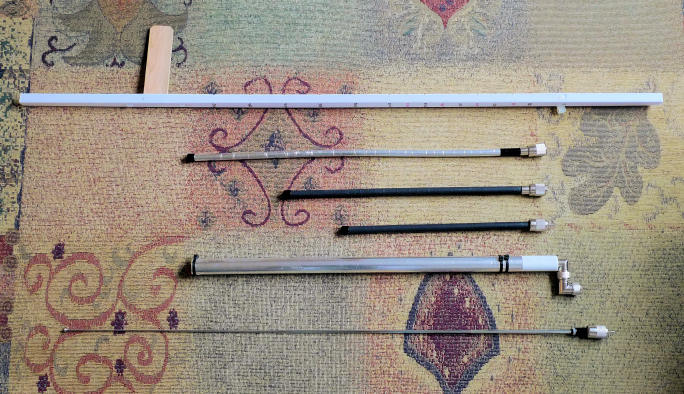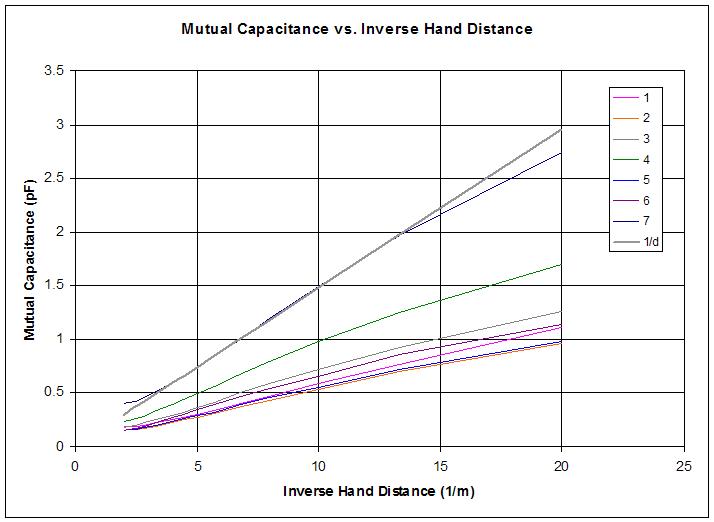So I went to home depot last night to look for some hollow copper piping that would work as antennas between 10mm(25/64 inch) and 15mm(19/32 inch) in diameter. Due to lack of materials I needed (they only had 10 foot coils in stock), I ended up getting two 3 foot long solid aluminum rods at 1/4 inch(6.35mm). They are extremely light, cheap, and easily bendable, but with intention (I wouldn't mess up the finished antennas if I accidentally hit them on something). Are these a good substitute? Will it affect the circuits in any way if I swap them out?
Theremin Antenna
3/8" copper plumbing would work too, like those sections they sell to connect up faucets.
As would aluminum tape over plastic PEX 3/8" plumbing (used for the same thing). Here are some of mine:

The two in the middle have black heatshrink over the aluminum tape and a 3/8" vinyl cap on the end. The other end is a UHF connector, something I'm moving away from (after having bought a pile of 'em!). Connectivity is via a piece of 24AWG bus wire run up the tube, bent over the top end to lay on the foil ~1cm. The vinyl cap and heatshrink hold the wire to the foil.
"3/8" copper plumbing would work too, like those sections they sell to connect up faucets. As would aluminum tape over plastic PEX 3/8" plumbing (used for the same thing). Here are some of mine: The two in the middle have black heatshrink over the aluminum tape and a 3/8" vinyl cap on the end. The other end is a UHF connector, something I'm moving away from (after having bought a pile of 'em!). Connectivity is via a piece of 24AWG bus wire run up the tube, bent over the top end to lay on the foil ~1cm. The vinyl cap and heatshrink hold the wire to the foil."
Awesome, thanks.
What would you use in lieu of the UHF connectors? I'm just trying to figure out the easiest way to connect the antennas to my circuit boards. I intended to just solder a wire directly to it, then solder the other end onto the board via a wire connector. Would you recommend another way?
I would actually recommend UHF connectors. 3/8" tubing fits into them quite nicely and is made permanent with a bit of epoxy. Just make sure you don't ground the outer connector, either connect it to the antenna or leave it floating. Floating is probably better for ESD. With plastic tubing covered in aluminum tape I would make sure there is 1 cm or so distance between the bottom of the tape and the top of the UHF connector. If you are going the 3/8" plastic route you might want to try just putting a wire inside the tubing rather than foil on the outside - it would probably improve linearity, particularly with a longer antenna. You can get 90 degree UHF couplings that would allow you to orient both connectors on the box horizontally.
I'm moving away from UHF connectors because I'm moving away from conventional cylindrical antennas in general. Plates give much more absolute sensitivity as well as some useful directivity, but they work best (in terms of near-field linearity) with certain digital implementations. Here is some data I gathered regarding the various antenna geometries in that photo above:

The top-most thin line is for a plate antenna, it clearly has the most mutual capacitance with the hand. Though you want a flatter response line for an analog Theremin.
You must be logged in to post a reply. Please log in or register for a new account.


